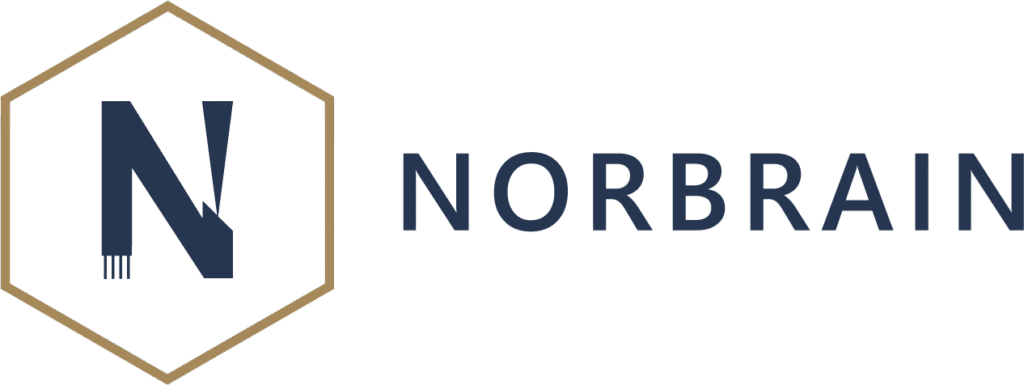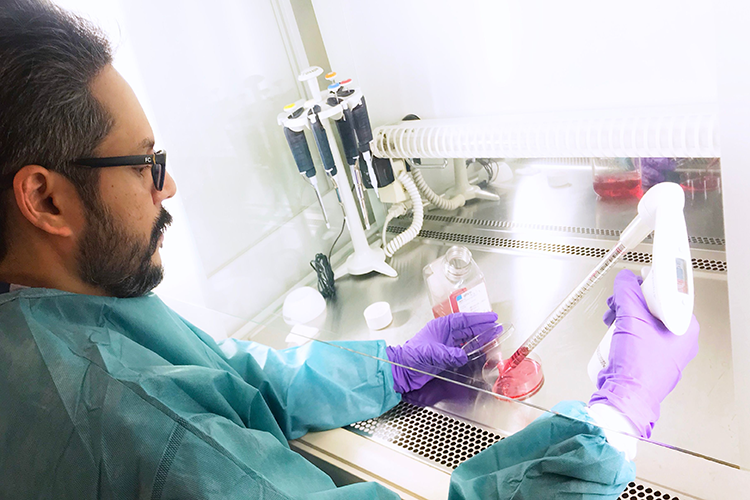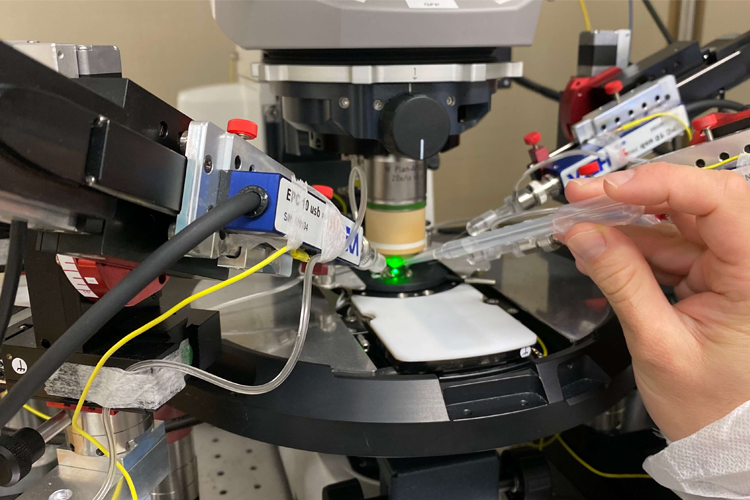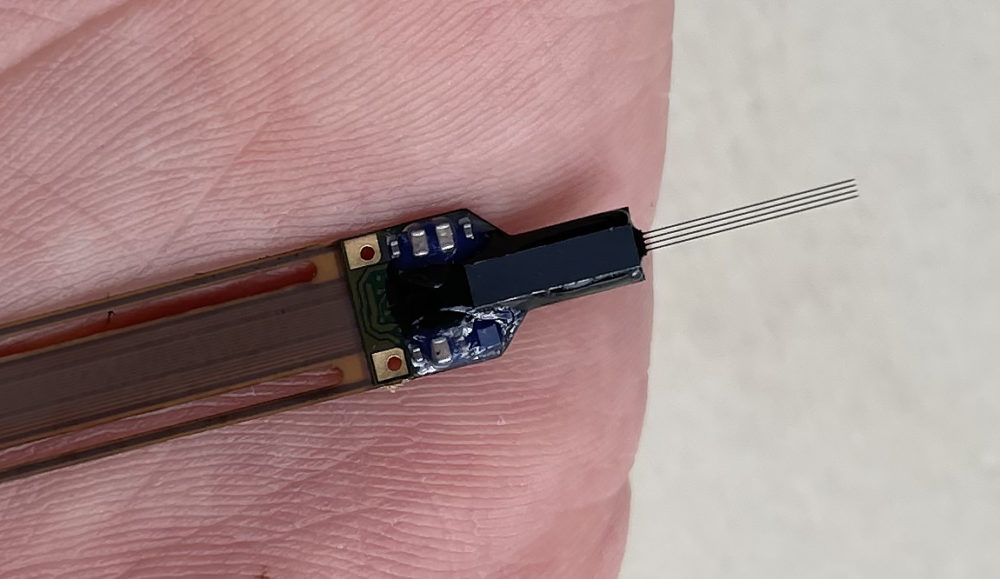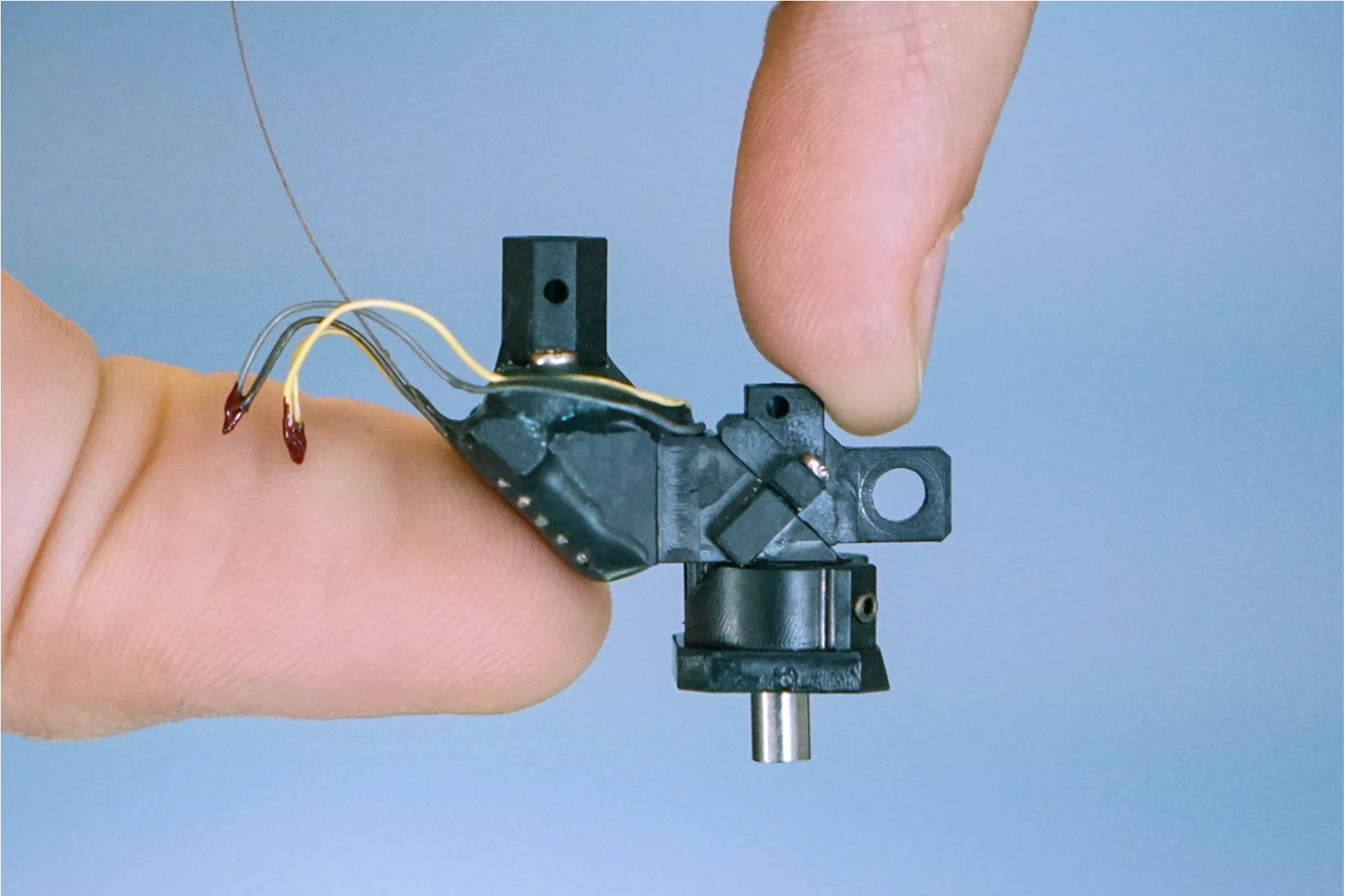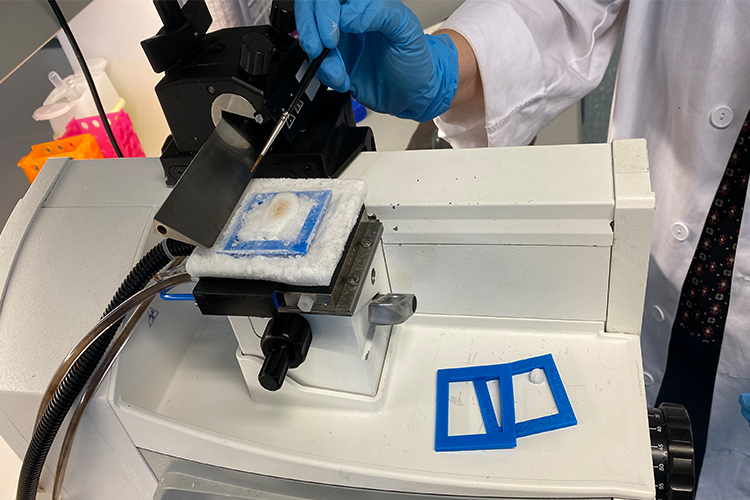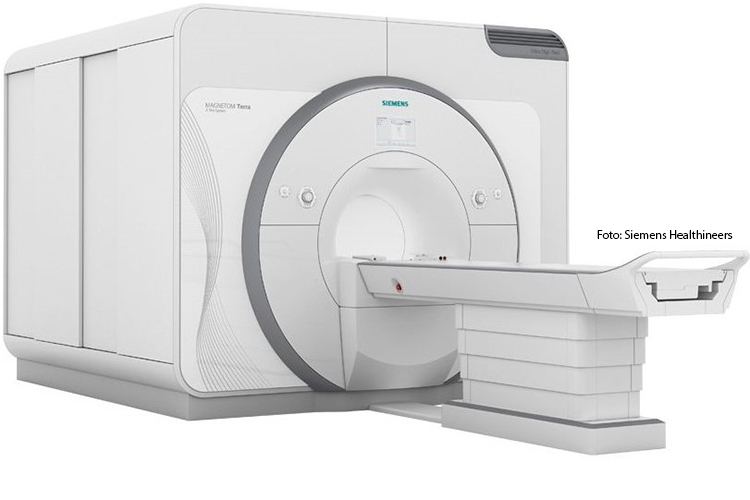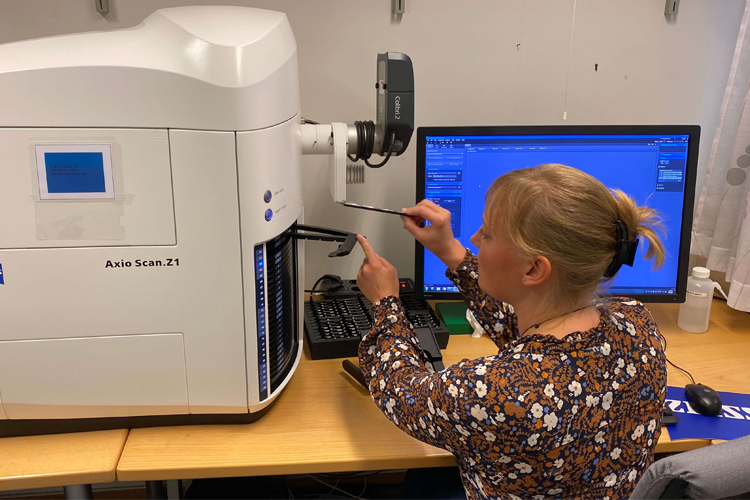Trondheim
Introducing the new generation of neural-circuit technologies to the broad spectrum of neuroscientists in Norway.
One of the greatest advances in neuroscience during the past few decades is the invention of tools for monitoring and manipulating electrical activity in large distributed neural circuits. These tools have laid the basis for studies of neural network computation and the mechanistic basis of higher brain functions and they are expected to help us understand complex neural dysfunctions including psychiatric diseases. The Nobel Prize to the Mosers is a direct reflection of this turn to neural-systems analyses.
As well as introducing the new generation of neural-circuit technologies to the broad spectrum of neuroscientists in Norway, NORBRAIN also set up for training of new users in order to facilitate the use and integration of the new technologies.
